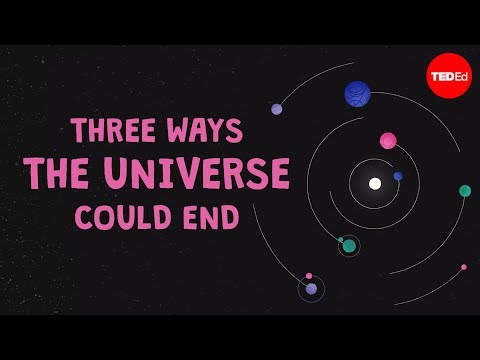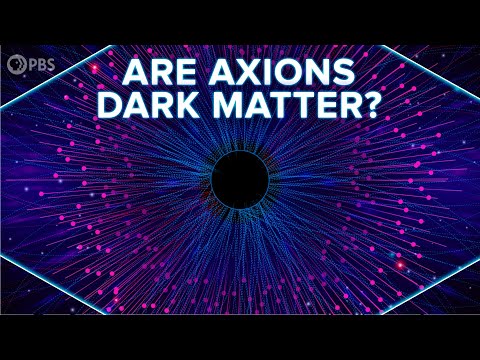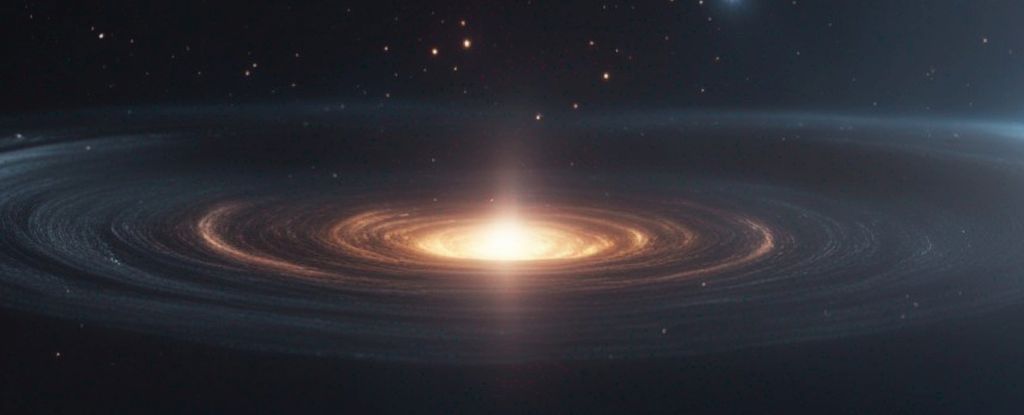If recent discoveries that dark energy is evolving hold any water, our Universe will collapse under its own gravity on a finite timeline, new calculations suggest.
Based on several recent dark energy results, a new model finds that the Universe has a lifespan of just 33.3 billion years. Since we are now 13.8 billion years after the Big Bang, this suggests that we have a smidge less than 20 billion years left.
For another 11 billion years, the Universe will continue to expand, before coming to a halt and reversing direction, collapsing down to the hypothetical Big Crunch, say physicists Hoang Nhan Luu of Donostia International Physics Center in Spain, Yu-Cheng Qiu of Shanghai Jiao Tong University in China, and corresponding author Henry Tye of Cornell University in the US.
Related: Most Precise Measure of Dark Energy Confirms Universe Won’t Tear Apart
“For the last 20 years, people believed that the cosmological constant is positive, and the universe will expand forever,” Tye says. “The new data seem to indicate that the cosmological constant is negative, and that the Universe will end in a Big Crunch.”
 frameborder=”0″ allow=”accelerometer; autoplay; clipboard-write; encrypted-media; gyroscope; picture-in-picture; web-share” referrerpolicy=”strict-origin-when-cross-origin” allowfullscreen>
frameborder=”0″ allow=”accelerometer; autoplay; clipboard-write; encrypted-media; gyroscope; picture-in-picture; web-share” referrerpolicy=”strict-origin-when-cross-origin” allowfullscreen>
The cosmological constant Tye refers to is λ, introduced by Albert Einstein in his theory of general relativity to describe the expansion of the Universe. If the value of λ is positive, then it acts as a force that constantly pushes outward, contributing to the Universe’s expansion. If λ is negative, it behaves like a constant pull that never fades, and can eventually stop and reverse the expansion.
Recent observations hint that dark energy may be changing over time. In the new model, the authors’ best-fit goes hand-in-hand with a small negative λ, though current data don’t rule out that λ equals 0. Since a negative λ pulls inward, it would hinder rather than aid the Universe’s expansion.
Nevertheless, the Universe is indeed expanding, according to an overwhelming majority of evidence. But we can get to the observed behavior of the Universe if we combine a small negative λ with an ultralight axion field that behaves like dark energy today.
Axions are, we think, ultra-light particles that can also be thought of as a smooth, ghostly field throughout space, first proposed decades ago as a potential solution to some other problems in particle physics.
In their new analysis, Tye and his colleagues describe the axion as a force that gives the Universe a gentle push outwards in the beginning, but that slowly eases over time.
At the current time, the influence of the axion still reigns, pushing the Universe outward at an accelerating rate as gravity weakens between bodies stretching farther and farther apart – so the Universe is still accelerating today in this scenario.
However, in about 11 billion years, the axion’s push will weaken sufficiently that the pull of negative λ will take over, bringing the Universe’s outward expansion to a standstill at a maximum size of about 1.7 times its current size. Then, the Universe will start to contract again – whooshing down to a Big Crunch in just 8 billion years.
It’s a bit like riding a bike up a hill, with a tailwind pushing you: going up, as the tailwind eases, your ascent slows, then gently stalls at the crest before you head down the steeper side, gaining speed as you go.
According to the paper, the ‘downhill’ contraction is quicker because the axion’s kinetic energy takes over, and rising densities strengthen gravity’s pull, making the crunching phase shorter than the expansion phase.
 frameborder=”0″ allow=”accelerometer; autoplay; clipboard-write; encrypted-media; gyroscope; picture-in-picture; web-share” referrerpolicy=”strict-origin-when-cross-origin” allowfullscreen>
frameborder=”0″ allow=”accelerometer; autoplay; clipboard-write; encrypted-media; gyroscope; picture-in-picture; web-share” referrerpolicy=”strict-origin-when-cross-origin” allowfullscreen>
The Big Crunch is like the opposite of the Big Bang, where all the matter in the Universe smooshes back together into one infinitely dense singularity.
It’s important to note that this is far from a certainty – not a prediction, but one possible future if the recent hints can be validated. A lot more data-crunching will be needed to determine whether dark energy is, indeed, evolving.
In addition, we still don’t know what dark energy is; it may not be axions or axion-like particles at all, but something entirely different.
Nevertheless, the paper provides one potential answer to one of cosmology’s biggest questions.
“For any life, you want to know how life begins and how life ends – the end points,” Tye says.
“For our Universe, it’s also interesting to know, does it have a beginning? In the 1960s, we learned that it has a beginning. Then the next question is, ‘Does it have an end?’ For many years, many people thought it would just go on forever. It’s good to know that, if the data holds up, the Universe will have an end.”
The research has been published in the Journal of Cosmology and Astroparticle Physics.
